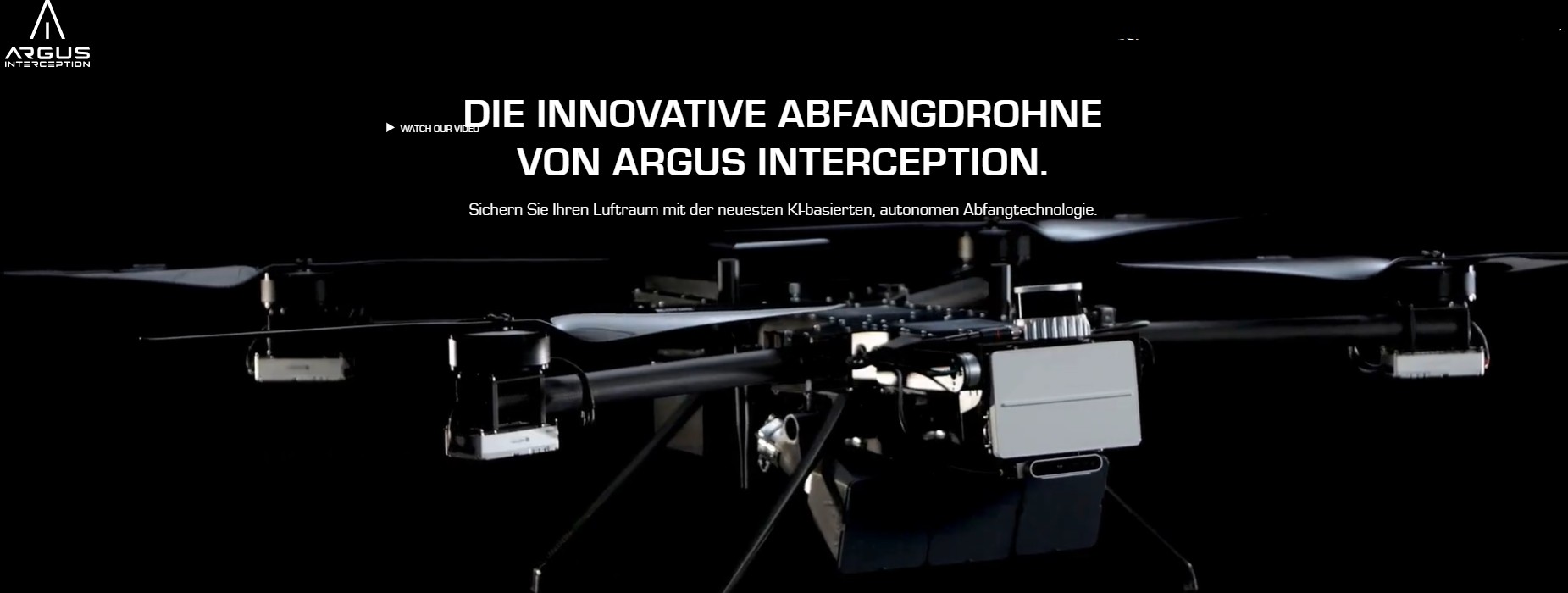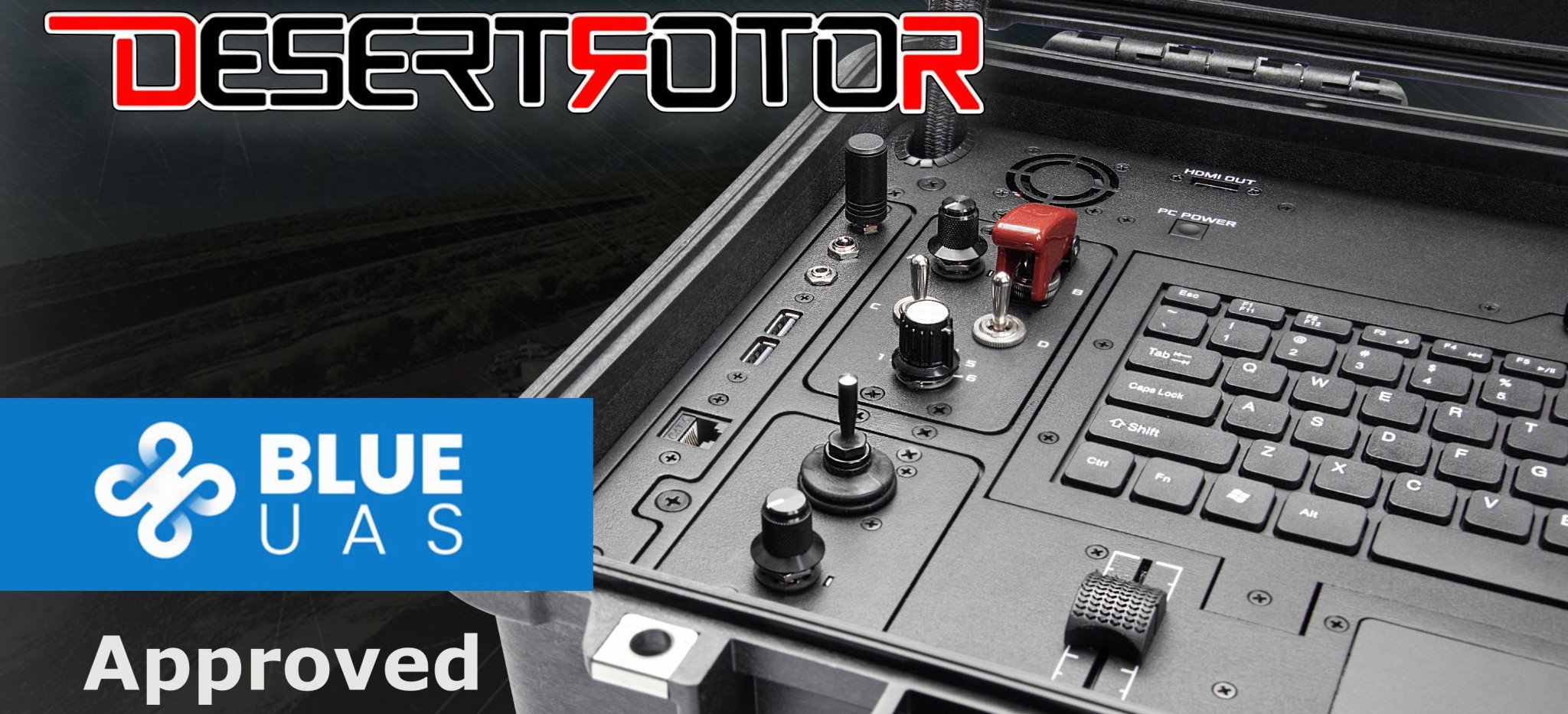LYTE Aviation Develops Hydrogen-Powered eVTOL
.jpg)
LYTE Aviation is stepping into the spotlight with a bold andtimely vision: a hydrogen-powered electric vertical takeoff and landing (eVTOL)aircraft. This development is more than just another futuristic concept—it is atangible step toward cleaner skies and more efficient transportation in andaround cities. At a time when the world is searching for sustainable solutionsto combat climate change and urban congestion, LYTE Aviation’s hydrogen eVTOLprogram signals a dramatic shift in how we think about air travel,sustainability, and technological integration.
eVTOL aircraft, designed to take off and land vertically,have long captured the imagination of engineers, urban planners, and sciencefiction enthusiasts alike. These aircraft are often envisioned as the backboneof next-generation urban air mobility (UAM) systems, capable of shuttlingpeople or cargo across congested cities with the speed of helicopters but theefficiency and low noise of electric propulsion. What sets LYTE Aviation apartfrom the growing number of companies entering this space is its commitment tohydrogen—a clean energy source that, when used properly, emits only watervapor.
Hydrogen as a power source is gaining traction in sectorslike automotive, rail, and long-haul aviation, but its adoption in eVTOLplatforms is still in the early stages. This makes LYTE’s initiativeparticularly groundbreaking. Unlike traditional batteries, which can be heavyand time-consuming to recharge, hydrogen fuel cells offer a lighter alternativewith faster refueling and longer range. These advantages make hydrogenespecially attractive for commercial eVTOL operations that require quick turnaroundsand extended operational hours.
The aircraft under development by LYTE is intended to serveboth passenger and cargo markets. In doing so, it targets some of the mostpressing challenges facing cities today: traffic congestion, pollution, andinefficient last-mile logistics. Imagine being able to travel from one side ofa sprawling urban area to the other in a matter of minutes, bypassing trafficentirely, and doing so without emitting a single gram of CO₂. This is the kindof future LYTE Aviation is working to build—one where speed and sustainabilityare not mutually exclusive but part of the same promise.
From a technical standpoint, hydrogen-powered flightrequires overcoming several complex engineering challenges. Fuel cells need tobe compact yet powerful enough to sustain flight; hydrogen storage must be bothlightweight and secure; and the entire aircraft must be designed to balanceaerodynamic efficiency with vertical lift capabilities. LYTE is reportedlyaddressing these concerns through a hybrid architecture that combines electricpropulsion with hydrogen fuel cell systems, aiming to deliver high performancewhile keeping operational costs manageable.
Safety is also a top priority. LYTE’s development team isworking within the strict regulatory frameworks set by aviation authorities,ensuring that their eVTOL aircraft meet rigorous safety standards. Thisincludes redundancy in propulsion systems, robust flight control software, andrigorous testing protocols. The company is also engaging with regulators earlyin the development cycle to smooth the path toward eventual certification andcommercial deployment.
One of the key benefits of LYTE’s hydrogen-powered eVTOL isits potential to scale. Urban air mobility solutions must not only work asprototypes but also function in high-volume, real-world environments.Hydrogen’s high energy density compared to batteries means aircraft can flylonger distances and complete more flights per day without lengthy chargingdowntime. This is critical for applications like air taxis, emergency medicaltransport, or high-priority cargo delivery, where time and efficiency are paramount.
In addition to its technical ambitions, LYTE is buildingstrategic partnerships with infrastructure providers, municipal governments,and sustainability experts to create a complete ecosystem for hydrogen-basedUAM. This includes planning for hydrogen refueling stations at vertiports,integrating air traffic management systems, and aligning with broader smartcity initiatives. Such coordination is essential to realize the full benefitsof eVTOL technology, especially one powered by hydrogen, which requires specializedlogistics and safety measures.
LYTE’s hydrogen eVTOL program is also part of a largersocietal shift toward decarbonization. Cities are under increasing pressure toreduce emissions, improve air quality, and reimagine public transportation.Urban air mobility, once a distant dream, is now becoming a viable supplementto ground-based transport, particularly in dense megacities whereinfrastructure is strained and expansion is costly or impossible.Hydrogen-powered eVTOLs fit perfectly into this vision by offering alow-emission alternative that can scale with urban growth.
From an economic perspective, hydrogen-powered eVTOLs couldunlock new markets and job opportunities. Manufacturing, maintenance, hydrogenproduction, refueling infrastructure, and air traffic management are all areaspoised for growth as the industry matures. LYTE’s investment in this space notonly positions it as a technological leader but also as a catalyst for economicdevelopment in the clean transportation sector. With governments increasinglyoffering incentives for green tech and carbon reduction, LYTE’s timing couldn’tbe better.
It is also worth noting the potential humanitarian andenvironmental impact of hydrogen eVTOLs. Beyond daily commuting or premiumtravel services, such aircraft could be deployed for disaster response, medicalevacuation, or supply delivery in remote or inaccessible areas. The ability tooperate cleanly, quietly, and without dependence on fossil fuels could proveinvaluable in emergency scenarios or environmentally sensitive regions.
The public perception of hydrogen and eVTOLs is anotherimportant consideration. Both technologies are relatively new to the consumermarket and often misunderstood. Education and transparency will be crucial forwidespread adoption. LYTE appears to recognize this, emphasizing not onlyperformance and safety but also sustainability in its messaging. By positioningits aircraft as both high-tech and environmentally responsible, the company istapping into a powerful narrative that resonates with both investors and thegeneral public.
LYTE Aviation’s hydrogen-powered eVTOL is still indevelopment, but its ambition and technological direction already place it atthe forefront of a rapidly emerging industry. The company is part of a broaderwave of aerospace startups and legacy players investing in new forms of flightpowered by clean energy. However, its focus on hydrogen sets it apart as atrailblazer in a field that often leans heavily on electric batteries alone.
As testing continues and details about the aircraft'sdesign, performance, and certification path emerge, the aviation andtransportation industries will be watching closely. Success here could redefinenot just how we fly, but how we live—reducing the environmental cost ofmobility while expanding the horizons of urban infrastructure.
In summary, LYTE Aviation’s development of ahydrogen-powered eVTOL represents more than just an engineering milestone; itis a vision of a cleaner, smarter, and faster world. It embodies theconvergence of sustainability, innovation, and urban planning, and itchallenges us to rethink what’s possible in the skies above our cities. As wemove toward a future that demands both ecological responsibility and logisticalefficiency, companies like LYTE are proving that we don’t have to choosebetween the two.


%20(1)%20(1).jpg)


